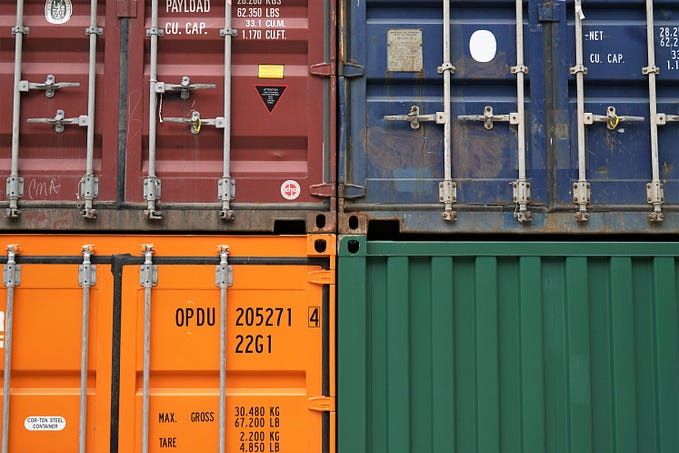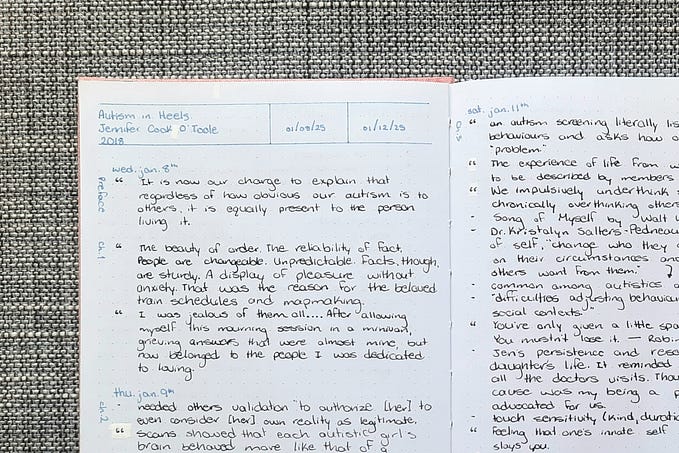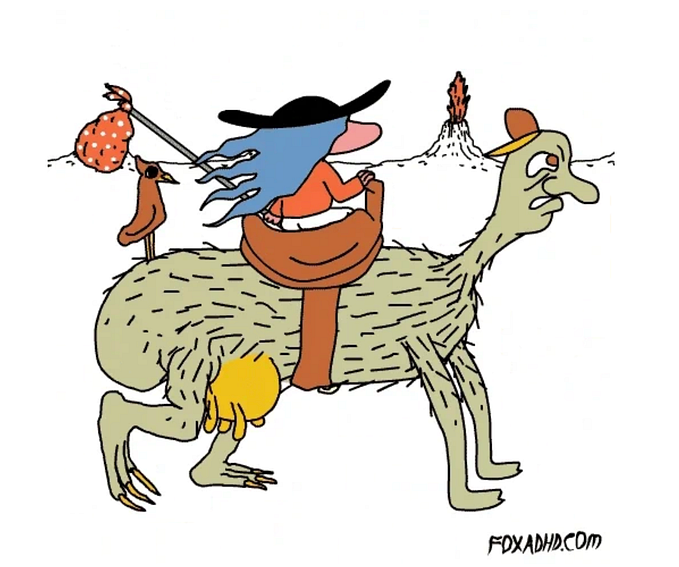What is your Story: The Domino Effect

Storytelling is by far the most underrated skill when it comes to business
-Gary Vaynerchuk
In the late 18th century, pizza was created in Naples, Italy. By the mid 20th century, with the help of Italian immigrants, it found its way to America and soon became the go-to food for low-income immigrant factory workers.
However, it took a fair bit of time before it became a staple in American fast food cuisine, and one of the pizza brands responsible for that is Domino’s pizza.
Domino’s Pizza started in 1960 when two brothers took over the operation of DomiNick’s, a small pizza shop. In five years, the business added two more stores and a little over a decade later, it had grown to become a franchise with 200 stores.
As opposed to the competition (for instance, Pizza Hut that wanted their customers to enjoy their meals in the restaurant), Domino’s focused on take-out and delivery. The story of Domino’s was that of speed and efficiency. Their whole process from the way they assembled and baked their pizza and even their delivery service screamed efficiency and speed. They created a campaign that boasted that they could deliver pizza anywhere in less than 30 minutes and told customers not to pay if their deliveries were later than 30 minutes. However, the campaign was cancelled because of lawsuits and accidents it caused.
Domino’s experienced massive success until about a decade ago, during the height of the recession that shook the world. Domino’s experienced a great decline in sales. Cost-cutting measures were taken, and instead of helping stabilize the business, it plunged the pizza chain into deeper troubles.
Domino’s wasn’t known for having the best pizzas. So it was shocking that a seeming minute reduction in the quality of their pizzas further reduced the quantity of customers and of course sales. Their cost-cutting misadventure had cost them the faith of their customers. The internet became a house of memes and complaints, with many comparing Domino’s pizzas to cardboard and ketchup. Noticing the downward spiral, Domino’s had to do something quickly.
They started a new campaign tackling the poor quality of pizzas they were producing and promised that they had started creating a better product. However, they had to do more than just create a better product, however, creating a better product wouldn’t be enough. To change the tides they needed to innovate.
Domino’s looked to tech for answers. In 2008, they added a feature to their mobile app that enables their customers to track their orders in realtime. Since then, the pizza chain has grown to be the biggest pizza delivery service and the second biggest market share in the pizza space. All thanks to technologically related innovation. Or is it?
In order to tell better stories, brands must actually be better stories
-Jonah Sachs
I love stories. Stories are one of the most powerful tools in anyone’s arsenal. It plays a major role in distinguishing the best brands from the rest. As much as the storyteller in me would love to pin Brand Storytelling as the cornerstone to solving every brand woe, the domino’s case showed me that having a story isn’t enough.
The question now becomes — How is story utilized? Is your story compatible with your product? How do we grow, innovate, structure and handle change within the framework our stories provide?
Hence, the fall and rise of Domino’s are centred around three themes and they are
- Product
- Story and
- Innovation
having the greatest story is not a substitute for having a decent product.
A good story attracts a loyal following to your brand, but having the greatest story is not a substitute for having a decent product. This has been one problem that can easily be spotted in Nigeria’s telecommunications space. For instance, Globalcom has some of the most affordable data plans in the country, and still, it seems that it has the smallest coverage area. This has caused public outcries, online protests and even a strong meme status on twitter.
Domino’s pizzas were not the best tasting. their strength was in delivery, and the efficiency of their system. However, the moment their food dropped in quality, their customers fell in quantity. Proof of the idea that Stories can’t stand alone. You need to have a decent product.
Also, is your story coherent with your product, or service? Does it flow with your brand personality? Most importantly, is your story genuine? Genuineness, in this case, means that your brand story is based on some truth, whether physical, ideological or otherwise. Your brand story can’t be slapped on your brand with some glue and tape, in the hope that it would stick. It should be discovered. From a sustainability perspective, you can’t go wrong on an organic story. This is one reason (i believe) Domino’s calls itself a pizza delivery company and it works. They have a standing as the top pizza delivery service.
Lastly, don’t innovate for the sake of innovation. How does innovation correspond to your product and service offerings? How does it improve your customer experience? Most important though, how would innovation add to your story?
your product would show you to the world, your story would market and make you memorable and your innovation would make you remarkable.
If all Domino’s innovation was focused on being the best tasting, they may never have been able to bounce back or attain the heights they have reached. As a side note, this is true for people to. We often want to “improve” things in our lives base on what others think, or what we think others think. We change things that have no bearing with our personal stories. Your innovation should be inspired by your story.
I would round up with this. Domino’s taught me that your product, would show you to the world, your story would market and make you memorable and your innovation would (in the words of Seth Godin) make you remarkable.
So, have a good product. Heck, have a great product. Go big on innovation. Create new and amazing ways for your customers to interact with your products or services. But never forget to find and stay true to your story.
So I ask you, What is your story?
Every business has a story to tell
-Jay Baer
N.B
Inspired by CNBC’s YouTube documentary: How Domino’s Is Winning The Pizza Wars










